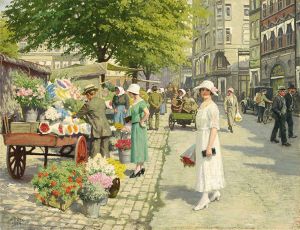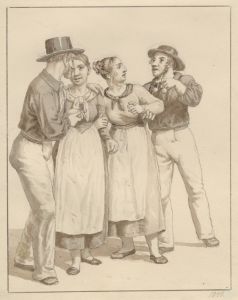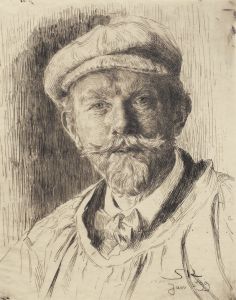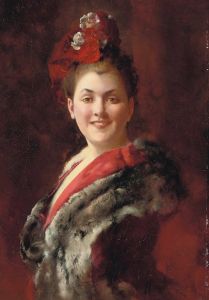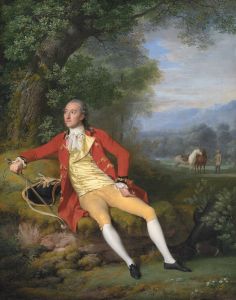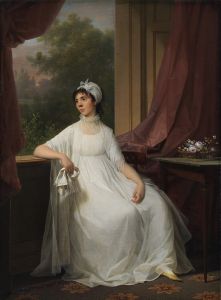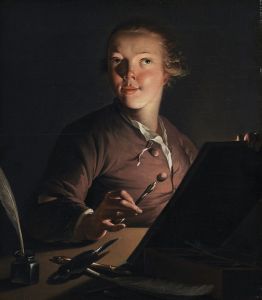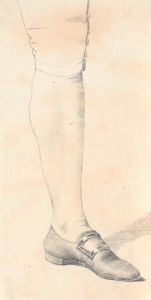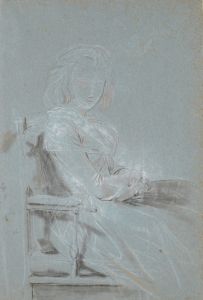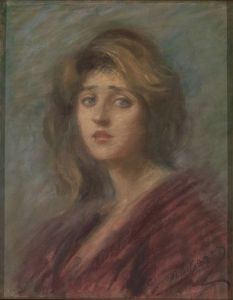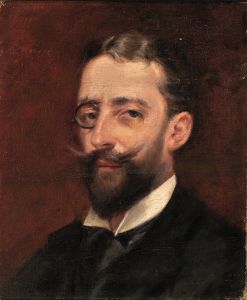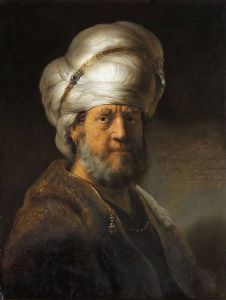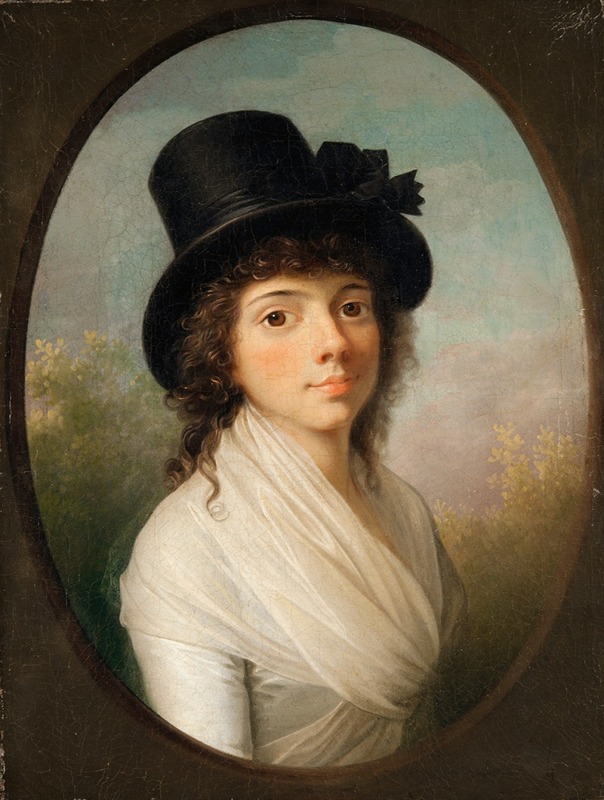
Petronelle Römeling
A hand-painted replica of Jens Juel’s masterpiece Petronelle Römeling, meticulously crafted by professional artists to capture the true essence of the original. Each piece is created with museum-quality canvas and rare mineral pigments, carefully painted by experienced artists with delicate brushstrokes and rich, layered colors to perfectly recreate the texture of the original artwork. Unlike machine-printed reproductions, this hand-painted version brings the painting to life, infused with the artist’s emotions and skill in every stroke. Whether for personal collection or home decoration, it instantly elevates the artistic atmosphere of any space.
Petronelle Römeling by Jens Juel is a portrait painting created by the renowned Danish artist Jens Juel. Juel, a prominent figure in the Danish art scene of the 18th century, is celebrated for his masterful portraiture, which often captured the elegance and sophistication of his subjects. This particular painting is a testament to his skill in rendering the human form with both technical precision and emotional depth.
Jens Juel was born on May 12, 1745, in Balslev, Denmark. He studied art in Hamburg and later in Italy, where he was influenced by the works of the great masters of the Renaissance and Baroque periods. Juel's style is characterized by his ability to blend the formal elements of portraiture with a keen sense of the sitter's personality and status. His works are noted for their clarity, attention to detail, and the subtle use of color and light.
The subject of the painting, Petronelle Römeling, was a member of the Danish bourgeoisie, a class that often commissioned portraits to display their wealth and social standing. The painting is believed to have been completed in the late 18th century, a period when Juel was at the height of his career. During this time, he was the court painter to the Danish royal family and a sought-after portraitist among the Danish elite.
In the portrait, Petronelle Römeling is depicted with a serene expression, her gaze directed towards the viewer, which was a common compositional technique used by Juel to engage the audience. She is dressed in the fashion of the time, which is meticulously detailed in the painting, showcasing Juel's attention to the textures and patterns of the fabric. The background is typically understated, allowing the viewer to focus on the subject's face and attire.
Juel's use of light in the painting is particularly noteworthy. He employs a soft, diffused light that highlights the contours of Römeling's face and the folds of her clothing, creating a sense of depth and realism. This technique not only enhances the three-dimensionality of the portrait but also imbues it with a lifelike presence.
The painting of Petronelle Römeling is an excellent example of Juel's ability to convey the dignity and poise of his subjects. It reflects the cultural and social milieu of Denmark during the late 18th century, a time when portraiture was a means of asserting one's identity and status. Juel's portraits are valued not only for their artistic merit but also for their historical significance, providing insight into the lives and appearances of individuals from that era.
Today, Jens Juel's works, including the portrait of Petronelle Römeling, are held in high regard and can be found in various museums and collections, particularly in Denmark. They continue to be studied and admired for their contribution to the tradition of portrait painting and their reflection of Danish society in the 18th century.





